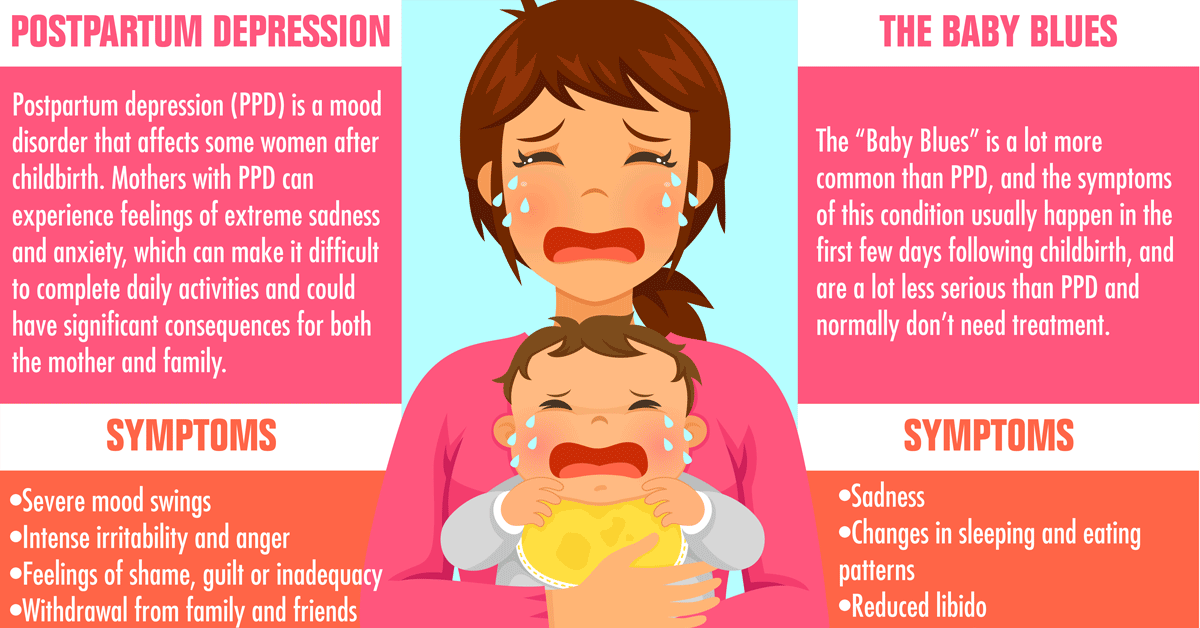Mental Health Treatment For Seniors
Mental Health Treatment For Seniors
Blog Article
Just How Do Mood Stabilizers Job?
State of mind stabilizers help to relax locations of the brain that are affected by bipolar disorder. These drugs are most reliable when they are taken on a regular basis.
It may take a while to discover the ideal drug that functions finest for you and your medical professional will certainly check your condition throughout treatment. This will include routine blood examinations and perhaps a change in your prescription.
Neurotransmitter policy
Neurotransmitters are a team of chemicals that manage each other in healthy and balanced people. When degrees become unbalanced, this can result in mood conditions like anxiety, anxiousness and mania. State of mind stabilizers aid to stop these episodes by helping regulate the balance of these chemicals in the brain. They also may be utilized together with antidepressants to improve their efficiency.
Medicines that function as state of mind stabilizers consist of lithium, anticonvulsants and antipsychotics. Lithium is probably one of the most popular of these drugs and jobs by influencing the circulation of salt via nerve and muscular tissue cells. It is frequently made use of to deal with bipolar illness, yet it can additionally be handy in dealing with various other state of mind problems. Anticonvulsants such as valproate, lamotrigine and carbamazepine are additionally reliable state of mind supporting medicines.
It can take a while to discover the best kind of medicine and dosage for every person. It is essential to deal with your physician and engage in an open dialogue about how the drug is benefiting you. This can be specifically handy if you're experiencing any kind of negative effects.
Ion channel modulation
Ion channels are a significant target of state of mind stabilizers and several various other medicines. It is currently well developed that they are dynamic entities that can be modulated by a variety of external stimuli. In addition, the inflection of these networks can have a series of temporal impacts. At one talk therapy extreme, modifications in gating dynamics may be fast and rapid, as in the nicotinic acetylcholine receptor/channel system. At the various other end of the range, covalent adjustment by protein phosphorylation may result in adjustments in network function that last longer.
The field of ion network inflection is going into a period of maturation. Current research studies have demonstrated that transcranial concentrated ultrasound (United States) can promote neurons by turning on mechanosensitive potassium and salt networks embedded within the cell membrane. This was shown by revealed channels from the two-pore domain potassium family members in Xenopus oocytes, and focused United States substantially regulated the present flowing through these networks at a holding voltage of -70 mV (appropriate panel, family member impact). The results follow previous monitorings revealing that antidepressants affecting Kv channels manage glia-neuron communications to opposite depressive-like behaviors.
Neuroprotection
State of mind stabilizers, like lithium, valproic acid (VPA), and carbamazepine, are vital in the treatment of bipolar illness, which is defined by reoccurring episodes of mania and depression. These medicines have neuroprotective and anti-apoptotic residential properties that assist to prevent mobile damage, and they also boost cellular strength and plasticity in useless synapses and neural circuitry.
These safety actions of mood stabilizers might be mediated by their restraint of GSK-3, inositol signaling, and HDAC activity. Furthermore, lasting lithium treatment shields against glutamate excitotoxicity in cultured nerve cells-- a design for neurodegenerative disorders.
Researches of the molecular and cellular results of mood stabilizers have revealed that these medications have a variety of intracellular targets, including numerous kinases and receptors, in addition to epigenetic modifications. Refresher course is needed to establish if mood stabilizers have neurotrophic/neuroprotective activities that are cell type or wiring particular, and just how these impacts might match the rapid-acting healing reaction of these representatives. This will aid to establish new, quicker acting, more efficient therapies for psychiatric ailments.
Intracellular signaling
Cell signaling is the process through which cells communicate with their setting and other cells. It entails a sequence of action in which ligands interact with membrane-associated receptors and cause activation of intracellular pathways that control important downstream mobile functions.
Mood stabilizers act upon intracellular signaling through the activation of serine-threonine healthy protein kinases, resulting in the phosphorylation of substratum healthy proteins. This triggers signaling waterfalls, resulting in adjustments in gene expression and cellular feature.
Numerous state of mind stabilizers (including lithium, valproate and lamotrigine) target intracellular signaling pathways by hindering particular phosphatases or turning on specific kinases. These impacts create a decrease in the task of these pathways, which causes a decrease in the synthesis of certain chemicals that can impact the mind and result in signs of clinical depression or mania.
Some mood stabilizers likewise function by enhancing the task of the repressive neurotransmitter gamma-aminobutryic acid (GABA). This improves the GABAergic transmission in the mind and reduces neural task, therefore producing a soothing result.